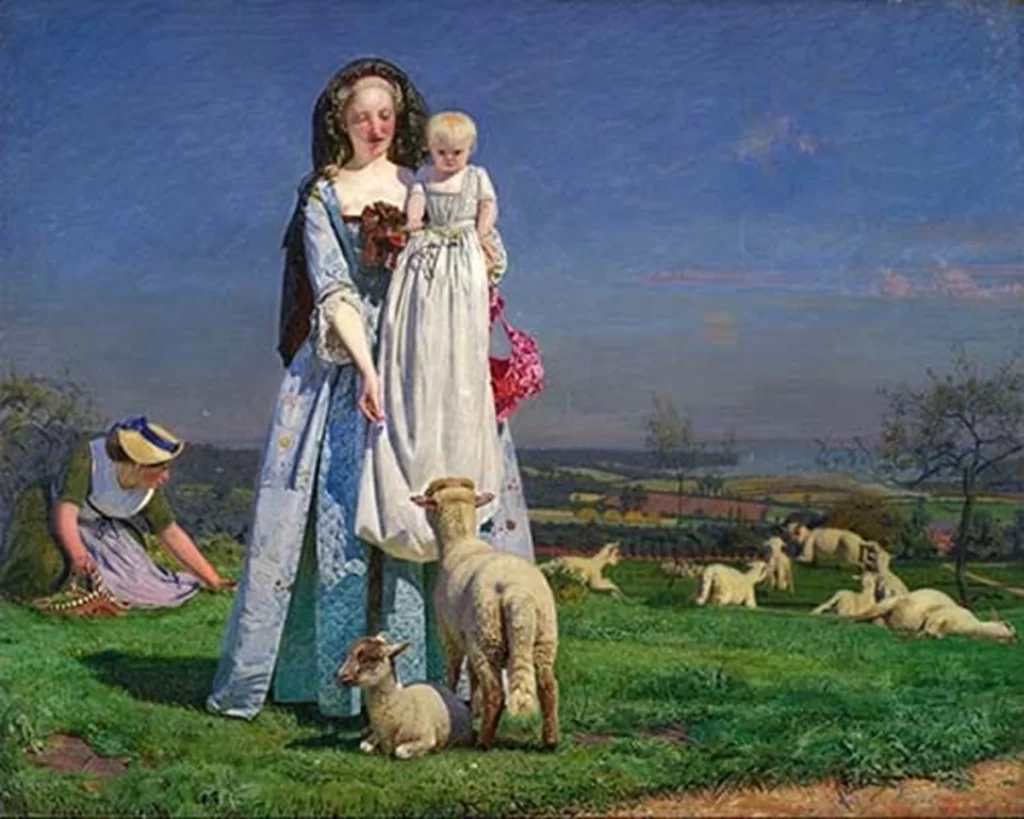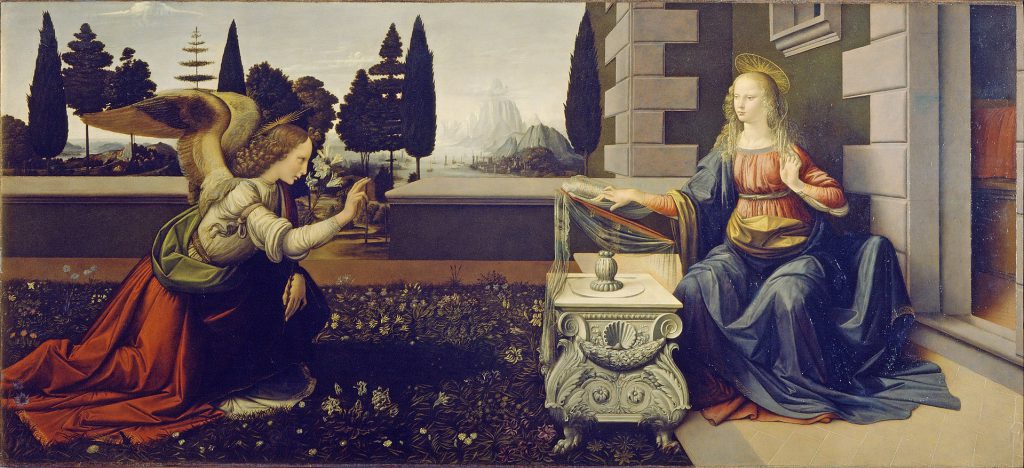Ford Madox Brown is one of the most influential artists of the Victorian era, despite never having formally joined the Pre-Raphaelite Brotherhood with which he is often associated with. He is known for his meticulous attention to historical accuracy with bold use of colour, and his commitment to portraying contemporary social issues, which set him apart from his peers and established a legacy in British art history.

Early Life and Artistic Training
Born in Calais, France, on April 16, 1821, Brown received his early artistic training in Bruges, Ghent, and Antwerp. He later moved to Paris and studied under Baron Wappers, where he became fascinated by the Romantic movement. This gave Brown a different perspective from many, unlike many British artists of his time, which influenced his unique artistic approach. His style combined elements of European historical painting with distinct British sensibilities.
Rejecting Victorian Social Norms
Brown’s work is known for its vibrant colours, detailed compositions, and a clear rejection of academic conventions. He never officially joined the Pre-Raphaelite Brotherhood ranks, although he predated and influenced it. Eventually, his style slowly evolved from early Romantic influences towards realism and brought attention to contemporary social issues.
His willingness to address the pressing social concerns of Victorian England and historical accuracy distinguished Brown from his contemporaries. He often painted outdoors, which was quite unusual for the time, and captured natural light authentically, techniques which would later become associated with the Impressionist movement.
Ford Madox Brown’s Major Works
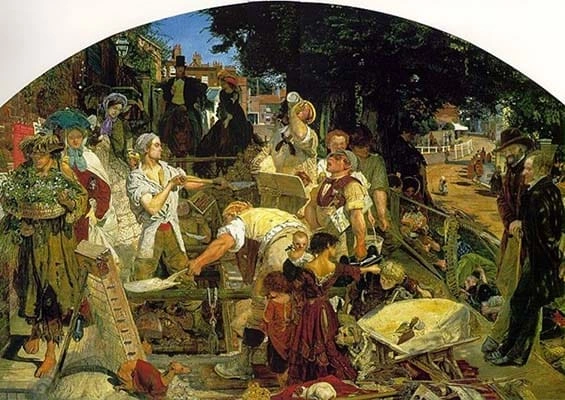
“Work” (1852-1865)
“Work” is perhaps his most famous painting, which depicts labourers digging up a road in Hampstead, surrounded by figures representing different social classes. This canvas speaks of a complex social commentary on Victorian moral values, labour and class distinctions. It took Brown over a decade to complete and represents his commitment to challenging Victorian Social Norms
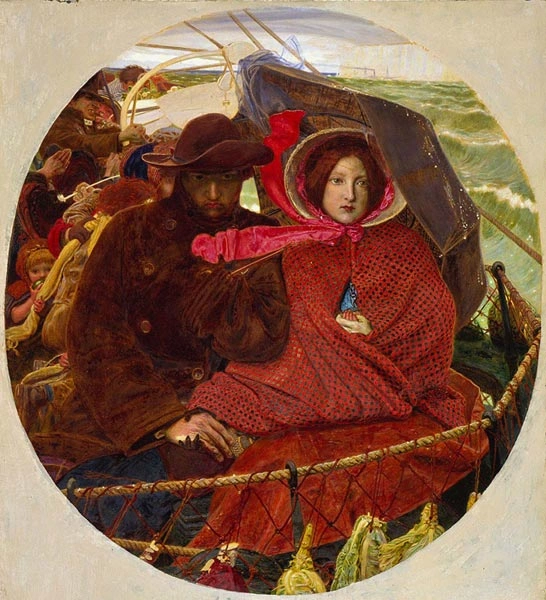
“The Last of England” (1855)
Based partly on Brown’s own experience of the departure of sculptor Thomas Woolner for Australia, this masterpiece portrays a couple emigrating from England. The circular composition of the artwork focuses tightly on the couple’s faces as they gaze towards an uncertain future. Their expressions capture both determination as well as melancholy. It is painted with meticulous detail, from the cabbage leaves which protect them from sea spray to the woman’s hand tucked in.
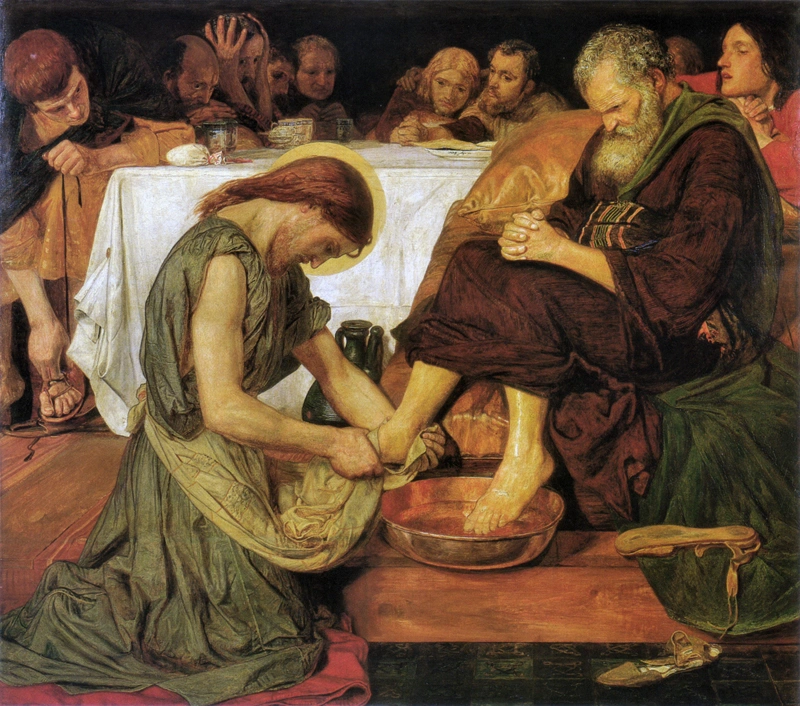
“Christ Washing Peter’s Feet” (1851-1856)
“Christ Washing Peter’s Feet” reimagines the Biblical scene with psychological insight and historical authenticity. It demonstrates Brown’s religious works, his research in Middle Eastern architecture and costumes led to the creation of what he believed was a more historically accurate depiction than traditional religious paintings.
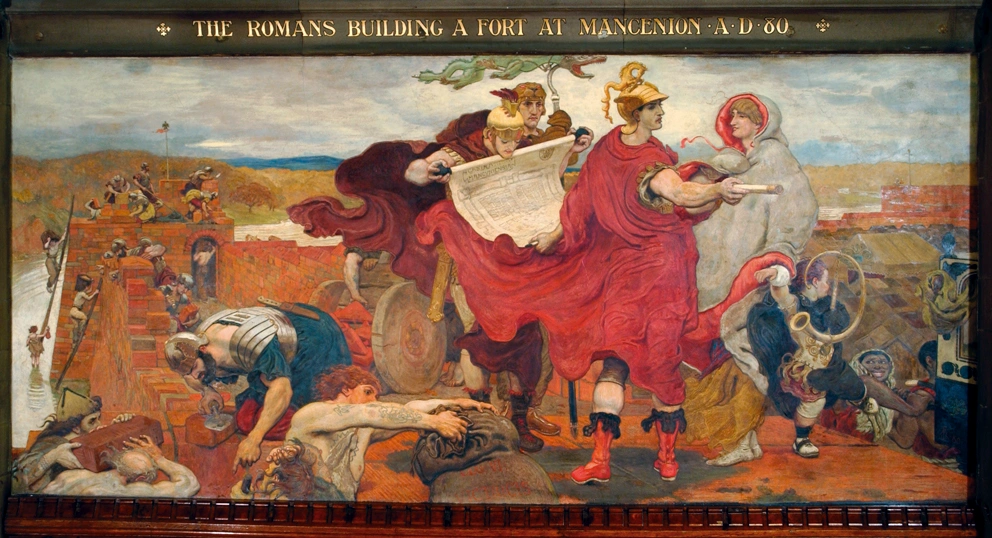
Manchester Murals
Later in his career, Brown undertook a significant project to create twelve murals depicting the history of Manchester for the Great Hall of the Manchester Town Hall. This project occupied significant years of his life between 1879 to 1893, and it also represents one of the most ambitious civic art projects of Victorian England, celebrating Manchester’s commercial and industrial heritage.
Later Influence
He was often overshadowed by his Pre-Raphaelite contemporaries during his lifetime, however, Brown’s reputation has grown significantly since his death.
Beyond his artistic life, Brown’s influence extended through his teaching and mentorship. During his time at the Working Men’s College in London, his students included William Morris and Edward Burne-Jones. Through these connections, his aesthetic ideas helped shape the Arts and Crafts Movement.
Pee Baa-Lamb. Image Courtesy of The Art Story
Contributor

